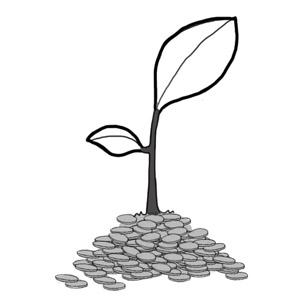| In | Out |
|---|---|
test |
test |
Heading 1 Test
Heading 2 Test
Heading 3 Test
Heading 4 Test
Heading 5 Test
Heading 6
Financing
Financial Sustainability of WASH Services
Community Based Savings
Cost Sharing
Microfinance
Government Contributions
Water Pricing - General
Donor Agencies
Corporate Social Responsibility (DC)
Water Charges
Tradable Water Rights
Subsidies (WS)
Public Private Partnerships (WS)
Tecnologías de abastecimiento de agua
Conducción
Almacenamiento y potabilización / desinfección
Distribución
Manejo seguro en el hogar
Tecnologías de saneamiento
Interfase con el usuario
Recolección y almacenamiento / tratamiento
Conducción
Tratamiento (semi) centralizado
Uso y/o disposición final
The Arborloo and growing trees
The Arborloo and growing trees
The Arborloo Book
Ecological Toilets
This book describes how to construct Arborloo toilets and how it can be upgraded to VIPs at a later stage.
MORGAN, P. EcoSanRes (2009): Ecological Toilets. (pdf presentation). Stockholm: Stockholm Environment Institute URL [Accessed: 09.05.2019]Wastewater Systems for New Housing Developments
This document discusses several options for sewage collection and wastewater treatment in new subdivisions and low-cost housing developments.
PHILIPPINE SANITATION ALLIANCE (2008): Wastewater Systems for New Housing Developments. (= Sanitation Technology Information Sheet ). Mindanao: United States Agency for International Development, League of Cities of the PhilippinesGuidelines on the Use of Urine and Faeces in Crop Production
These guidelines provide a thorough background on the use of urine (and faeces) for agricultural purposes. Aspects discussed are requirements for plant growth, nutrients in excreta, hygiene aspects, and recommendations for cultivation. It provides detailed guidance on the use of urine for purposes.
JOENSSON, H. RICHERT, A. VINNERAAS, B. SALOMON, E. (2004): Guidelines on the Use of Urine and Faeces in Crop Production. (= EcoSanRes Publications Series , 2004 ). Stockholm: EcoSanRes URL [Accessed: 17.04.2012]UDD Toilets at a Rural Secondary School Kalunga, Uganda
Case study on a school UDDT project and the reuse of the collected urine in Kalunga, Uganda
MUELLEGGER, E. SuSanA (2009): UDD Toilets at a Rural Secondary School Kalunga, Uganda. (= SuSanA case study ). Sustainable Sanitation Alliance URL [Accessed: 12.12.2012]







